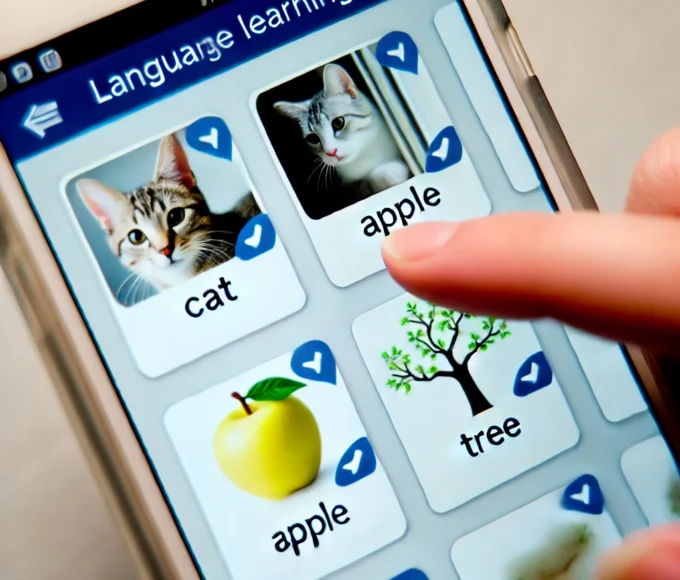Technology has brought new ways to interact with humans and the environment, especially with the growing popularity of smartphones, which have allowed people to interact with nature in new ways. One notable example of this interaction is plant identification apps. These apps make it possible for anyone, regardless of their experience, to quickly and accurately identify a plant. How does this happen? Which apps are the most popular and efficient? How is technology changing this dynamic? This article is dedicated to answering these questions by examining plant identification apps and identifying their usefulness.
How Do Plant Identification Apps Work?
Most plant identification apps work on the basis of image recognition, artificial intelligence, and machine learning technologies. Users need to take a photo of the plant they want to identify. The image is processed by the software, which compares it with a database of various plant species to review and identify. Based on characteristics such as leaf shape, flower color, and the overall structure of the plant, the app suggests one or more plants that match the image.
Behind this software are complex algorithms that have been trained on thousands or millions of plant photos. These algorithms can detect patterns that would otherwise go unnoticed by the human eye. And as more people use the apps and contribute their photos, the database and accuracy of the algorithms continually improve, resulting in constant learning and improvement.
Available Products
There are several plant identification apps available, each with unique features. Some of the most popular include:
- PlantNet: This free app is one of the most popular and was developed by a network of scientists from several institutions. PlantNet allows users to share their discoveries, contributing to the expansion of the database. It has a simple and easy-to-use interface, helping not only to identify plants, but also to explore ecosystems and share discoveries with a global community.
- iNaturalist: Co-developed by the California Academy of Sciences and National Geographic, iNaturalist is more than just a plant identification app. It allows users to share their observations of plants, animals, fungi, and other wildlife, contributing to science. The app has a strong social component, facilitating communication and learning among users.
- PictureThis: Known for its intuitive interface and quick plant identification, PictureThis covers a wide range of species and provides detailed information on care, disease symptoms, and growing conditions. While the basic version is free, there is a premium version with additional features, such as diagnosing plant health issues.
- Search by iNaturalist: A simpler version of iNaturalist, Seek is suitable for children and beginners. It uses image recognition technology and offers challenges and rewards to make learning fun and motivating.
- PlantSnap: With over 600,000 species of plants, trees, succulents, and mushrooms in its database, PlantSnap is a perfect choice for both hobbyists and professionals. The app is known for its accuracy and its ability to work offline, which is crucial for users who find themselves in remote areas without internet access.
Effects and Benefits of Plant Identification through Apps
The popularity of these apps can be attributed to several effects they provide. One of the most significant is the increased interest and awareness of flora. For many, the ability to identify plants around them turns a simple walk in a local park into a learning experience. This effect can increase the value of biodiversity and lead people to take more active steps to protect the environment.
Furthermore, a significant contribution of these applications is the possibility of citizen science. Applications such as iNaturalist and PlantNet allow data collected by users to be used in scientific research. This expands the ability to monitor species and ecosystems, helping to detect environmental changes and document the presence of rare or invasive species.
These apps also have an important educational impact. They allow people of all ages to learn about botany in an effective and engaging way. Educators can use them as a hands-on tool in science classes, while hobby gardeners can learn about the specific needs of the plants in their gardens.
Limitations and Challenges
Despite the benefits, plant identification apps also face challenges and limitations. Image quality and plant species influence the accuracy and reliability of results. Some plants share very similar characteristics, which can lead to incorrect identification. Additionally, while the databases of these apps are extensive, some less-researched species may not be represented.
Another challenge is the dependence on technology, which makes these apps useless in places where connectivity is impossible. Therefore, it is essential to ensure a balance between the use of technology and traditional knowledge about flora.
Conclusion
Plant identification apps represent a significant advancement in our interaction with nature. They combine ease of use with the power of technology, making learning about plants easy and engaging. While they are not a substitute for professional knowledge, these apps make botanical information more accessible and encourage curiosity in users.
As technology continues to develop, these apps are likely to become more accurate and available, taking on new functions and further contributing to the preservation of biodiversity. In a world where environmental awareness is increasingly needed, these apps have the potential to play a crucial role in learning and preserving what we have.






